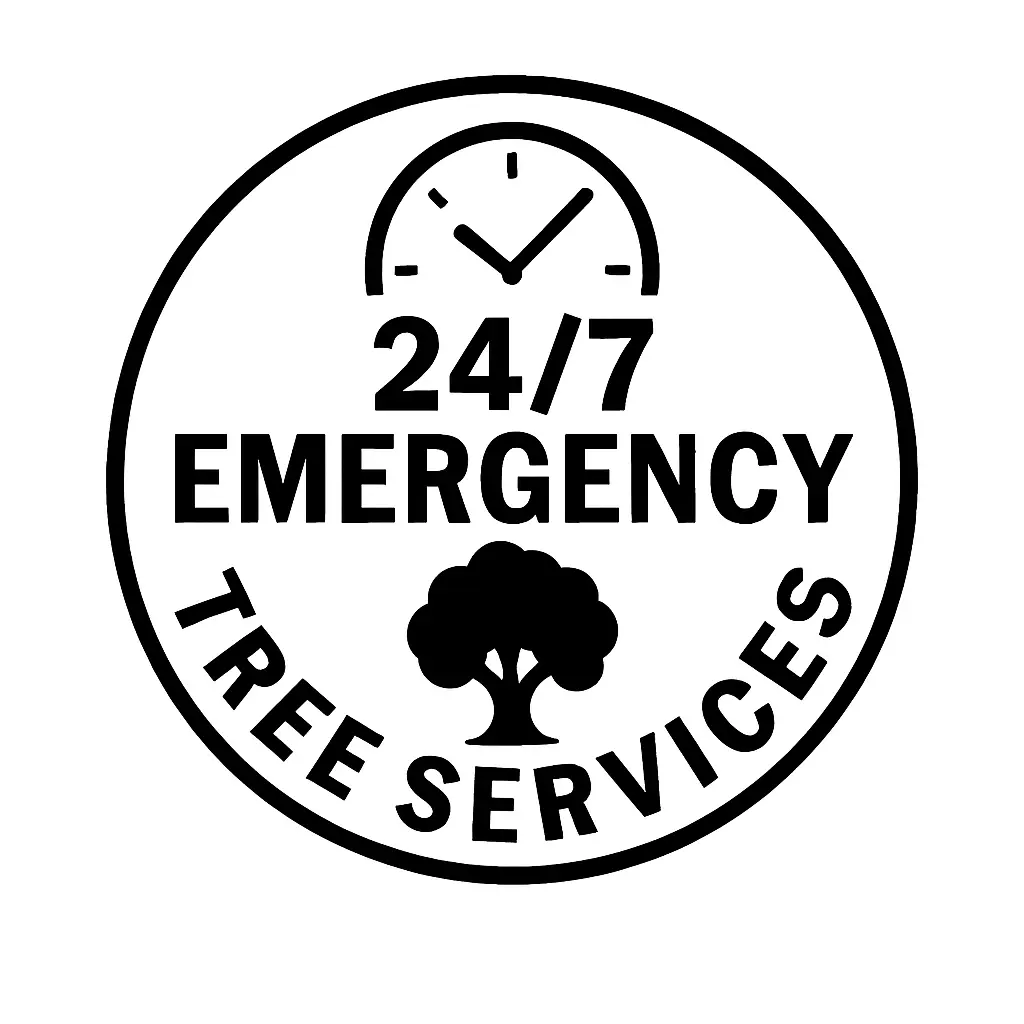If left unchecked, aphids—tiny but destructive garden pests—can seriously harm your plants. This thorough study will examine practical methods for locating, eliminating, and preventing aphid infestations.
Discover eco-friendly solutions and practical tips to ensure the health of your garden.
Identifying Aphid Infestations
Aphid infestations can be insidious, and early detection is crucial for effective pest management. Here, we delve into the signs and symptoms of aphid damage and guide visual identification of these tiny intruders.
Signs and Symptoms of Aphid Damage:
|
Signs |
Symptoms |
|
Curling Leaves |
Aphids often cause leaves to curl and deform. |
|
Stunted Growth |
Infested plants may exhibit slowed growth. |
|
Honeydew Residue |
The secretion of honeydew by aphids can lead to a sticky residue on leaves. |
|
Yellowing Leaves |
Aphids sap nutrients, causing yellowing of foliage. |
|
Distorted Shoots |
New growth may become distorted or twisted. |
|
Ant Presence |
Ants are attracted to aphids, creating a symbiotic relationship. |
|
Black Sooty Mold |
Mold growth on honeydew-coated surfaces. |
Understanding these signs equips you to recognize the early indications of an aphid infestation, enabling prompt intervention before the damage escalates.
Visual Identification of Aphids on Plants:
Since aphids occur in various hues, sizes, and forms, identifying them visually is critical. Here’s what to look for:
- Coloration: Aphids can be green, yellow, brown, red, or black. Some may even have wings, adding to their diverse appearance.
- Body Shape: They have pear-shaped bodies with long antennae and two tubular structures, called cornicles, extending from their hindquarters.
- Size: Adult aphids typically range from 1 to 3 millimeters in length, but nymphs can be smaller.
- Location: Aphids cluster on the undersides of leaves, along stems, and around new growth points. Check these areas carefully during inspections.
- Movement: Aphids are slow-moving but can multiply rapidly. Observe for any sudden movements or changes in their congregations.
With this visual knowledge, you can confidently identify aphids during routine inspections, allowing for targeted and timely control measures. Aphid infestations can hurt your plants but can be minimized with early discovery and treatment.
Methods of Aphid Removal
When addressing aphid infestations, various methods are available, each with advantages and considerations. Here, we explore three main categories of aphid removal methods: Natural Remedies, DIY Solutions, and Chemical Options.
Natural Remedies: Introducing Beneficial Insects
|
Beneficial Insect |
Characteristics |
Targeted Aphid Stage |
Effectiveness |
|
Ladybugs |
Predatory beetles that feed on aphids. |
All stages |
High |
|
Lacewings |
Delicate insects that consume aphids and eggs. |
All stages |
High |
|
Hoverflies |
Mimic the appearance of wasps, preying on aphids. |
Larvae and adults |
Moderate to High |
DIY Solutions: Homemade Insecticidal Soaps and Sprays
|
DIY Solution |
Ingredients |
Application |
Effectiveness |
|
Soap Spray |
Liquid dish soap, water |
Foliar spray |
Moderate to High |
|
Neem Oil Solution |
Neem oil, mild soap, water |
Foliar spray |
Moderate to High |
|
Garlic and Pepper Spray |
Garlic, hot peppers, water |
Foliar spray |
Moderate |
Chemical Options: Overview of Insecticides Effective Against Aphids
|
Chemical Insecticide |
Mode of Action |
Application |
Considerations |
|
Pyrethroids |
Disrupts nervous system |
Spray or dust |
It may harm beneficial insects. |
|
Neonicotinoids |
Systemic insecticides |
Soil drench or spray |
Considered harmful to bees. |
|
Insecticidal Soaps |
Disrupts cell membranes |
Foliar spray |
Safe for many beneficial insects. |
Several criteria determine which approach is best, such as the severity of the infestation, the presence of beneficial insects, and your preference for environmentally friendly options. Integrating multiple methods, such as combining natural predators with DIY solutions, can enhance overall effectiveness while minimizing environmental impact. Always follow application guidelines and monitor the results to tailor your approach for the best outcomes in aphid control.
Preventive Measures
A proactive approach to aphid management involves implementing preventive measures to discourage infestations before they take hold. Here, we explore three effective strategies: Companion Planting, Proper Plant Care Practices, and Creating an Environment Inhospitable to Aphids.
Companion Planting: Selecting Plants that Deter Aphids
|
Companion Plant |
Aphid-Deterring Properties |
Plant Combinations |
|
Marigolds |
Emit a scent that repels aphids. |
Plant near tomatoes, beans, and roses. |
|
Chives |
Releases compounds that deter aphids. |
Plant near carrots and tomatoes. |
|
Nasturtiums |
Attracts aphids away from other plants. |
Plant near squash and cucumbers. |
|
Lavender |
Fragrance repels aphids and attracts beneficial insects. |
Plant near roses and vegetables. |
Proper Plant Care Practices to Reduce Vulnerability
|
Plant Care Practice |
Importance |
Recommendations |
|
Regular Pruning |
Removes infested plant parts and promotes airflow. |
Trim affected leaves and stems promptly. |
|
Adequate Watering |
Maintains plant health, reducing stress and susceptibility. |
Water at the base in the morning to prevent fungal growth. |
|
Balanced Fertilization |
Ensures plants receive essential nutrients for resilience. |
Use a well-balanced fertilizer according to plant needs. |
|
Crop Rotation |
Prevents the buildup of aphids in specific plant families. |
Rotate crops annually to disrupt pest cycles. |
Tips for Creating an Environment Inhospitable to Aphids
|
Environmental Factor |
Impact on Aphids |
Recommendations |
|
Mulching |
Creates a barrier that hinders aphid movement. |
Mulch organically, the area where plants are planted. |
|
Companion Plants for Beneficial Insects |
Attracts predators like ladybugs and lacewings. |
Include flowers like dill, fennel, and yarrow. |
|
Avoid Over-Fertilization |
Discourages rapid aphid reproduction. |
Follow recommended fertilization guidelines. |
Incorporating these preventive measures into your gardening practices creates a resilient and less attractive environment for aphids. Combining companion planting with proper care practices and environmental adjustments forms a holistic defense against aphid infestations, promoting the long-term health of your garden.
Treatment and Recovery for Infested Plants
When aphids have taken residence in your garden, swift and effective treatment becomes essential to salvage affected plants. Here, we explore strategies to save and revitalize plants that have fallen victim to aphid infestations, along with key nutrient replenishment and pruning techniques.
Strategies to Save and Revitalize Plants Affected by Aphids:
|
Strategy |
Description |
Implementation |
|
Natural Predators |
Introduce ladybugs, lacewings, or hoverflies to prey on aphids. |
Release beneficial insects strategically. |
|
Companion Plants |
Plant species that ward off aphids and draw in beneficial insects. |
Incorporate marigolds, chives, and lavender. |
|
Neem Oil Treatment |
Apply neem oil, a natural insecticide, to control aphid populations. |
Dilute neem oil according to product instructions. |
|
Biological Controls |
Use predatory insects, such as parasitic wasps, to target aphids. |
Release beneficial insects at the right stages. |
|
Pruning Infested Parts |
Remove severely affected leaves, stems, or branches to contain the infestation. |
Prune using sterilized tools to prevent further spread. |
Nutrient Replenishment and Pruning Techniques:
|
Technique |
Purpose |
Implementation |
|
Fertilization Adjustment |
Provide plants with balanced fertilization for recovery. |
Use a well-balanced fertilizer with essential nutrients. |
|
Organic Nutrient Sources |
Incorporate organic amendments to enrich soil fertility. |
Add compost, well-rotted manure, or organic matter. |
|
Root Zone Drenching |
Apply a nutrient-rich solution directly to the root zone. |
Prepare a diluted solution of organic fertilizer. |
|
Adequate Watering Practices |
Ensure consistent and proper watering for plant health. |
Water at the base in the morning to avoid fungal issues. |
|
Selective Pruning for Airflow |
Improve airflow by selectively pruning crowded branches. |
Remove excess growth to reduce aphid-friendly environments. |
|
Regular Inspection and Monitoring |
Keep a vigilant eye for signs of recovery and potential reinfestations. |
Monitor plant health and address issues promptly. |
Implementing these strategies and techniques will aid in recovering infested plants, promoting their resilience, and minimizing the long-term impact of aphid infestations. Regular monitoring and adjusting treatments as needed contribute to your garden’s overall health and vitality.
Eco-Friendly Approaches
As environmentally conscious gardeners, opting for eco-friendly approaches to control aphids is effective and aligns with sustainable and nature-friendly practices. This section explores methods that prioritize ecological sustainability while effectively managing aphid populations.
Environmentally Conscious Methods of Aphid Control:
|
Eco-Friendly Approach |
Description |
Implementation |
|
Beneficial Insects |
Introduce natural predators like ladybugs, lacewings, and hoverflies to control aphids. |
Source and release beneficial insects strategically. |
|
Companion Planting |
Cultivate a diverse garden with plants that repel aphids and attract beneficial insects. |
Interplant marigolds, chives, and other companion plants. |
|
Neem Oil and Insecticidal Soaps |
Utilize natural insecticides that are less harmful to the environment. |
Apply neem oil or homemade insecticidal soaps. |
|
Biological Controls |
Employ parasitic wasps and nematodes to target aphids without harming other beneficial insects. |
Release biological controls at appropriate stages. |
|
Homemade Remedies |
Create DIY solutions using natural ingredients like garlic, hot peppers, or soapy water. |
Mix and apply homemade sprays for aphid control. |
Balancing Pest Management with Ecological Sustainability:
|
Principles |
Ecological Considerations |
Implementation |
|
Integrated Pest Management (IPM) |
Adopt a holistic approach that combines various control methods. |
Implement a combination of cultural, biological, and chemical controls. |
|
Preserving Beneficial Insects |
Avoid using broad-spectrum pesticides that harm beneficial insects. |
Choose targeted solutions to minimize collateral damage. |
|
Crop Rotation |
Disrupt pest cycles and reduce reliance on chemical controls. |
Rotate crops annually to break aphid life cycles. |
|
Organic Soil Amendments |
Promote healthy soil ecosystems with organic matter and compost. |
Add well-rotted manure and compost for soil health. |
|
Educational Outreach |
Share information about eco-friendly gardening practices. |
Encourage others to adopt sustainable pest management. |
By prioritizing eco-friendly approaches, you play a part in maintaining the ecosystem health of your garden and its biodiversity. Striking a balance between effective aphid control and ecological sustainability ensures that your gardening practices align with responsible and environmentally conscious cultivation principles.
Timing and Seasonal Considerations
Understanding the life cycle of aphids is pivotal for effective pest management. In this section, we explore the various stages of the aphid life cycle and identify optimal times for implementing control measures to address infestations.
Understanding the Life Cycle of Aphids:
|
Life Stage |
Description |
Duration |
|
Egg Stage |
Aphids overwinter as eggs on plant stems or bark. |
Winter months |
|
Nymph Stage |
Emerging from eggs, nymphs resemble smaller versions of adults. |
Days to a few weeks |
|
Adult Stage |
Mature aphids are capable of reproducing rapidly. |
Several weeks to months |
|
Reproduction |
Live nymphs are produced by asexual reproduction in aphids. |
Continuous throughout life |
Optimal Times for Implementing Control Measures:
|
Season |
Aphid Activity |
Optimal Control Measures |
|
Spring |
Eggs hatch, and nymphs emerge with new plant growth. |
Introduce beneficial insects early in the season. Apply preventative sprays or neem oil. |
|
Summer |
Aphid populations peak as reproduction accelerates. |
Continue beneficial insect release. Use insecticidal soaps for targeted control. |
|
Fall |
Preparing for overwintering, aphids lay eggs on plants. |
Implement cultural practices like pruning and removing infested plant material. |
|
Winter |
Aphids overwinter as eggs on plant surfaces. |
Apply dormant oils to smother overwintering eggs. |
Understanding the life cycle of aphids allows for strategic planning of control measures, optimizing their effectiveness, and reducing the overall impact on your garden. Tailor interventions to the specific stage of aphid development during each season, fostering a proactive and well-timed approach to pest management.
Product Recommendations
When facing aphid infestations, various commercial products are available to aid in their removal. In this section, we provide an overview of effective products for aphid control and considerations to guide you in choosing the right treatment for your specific needs.
Overview of Effective Commercial Products for Aphid Removal:
|
Commercial Product |
Active Ingredients |
Application |
Targeted Aphid Stages |
Effectiveness |
|
Pyrethroid Insecticides |
Pyrethroids |
Spray or dust |
All stages |
Moderate to High |
|
Neonicotinoid Insecticides |
Imidacloprid, Clothianidin, etc. |
Soil drench or spray |
All stages |
High |
|
Insecticidal Soaps |
Potassium salts of fatty acids |
Foliar spray |
Nymphs and adults |
Moderate to High |
|
Neem Oil |
Extracted from Neem tree seeds |
Foliar spray |
All stages |
Moderate to High |
|
Horticultural Oils |
Petroleum-based oils |
Spray or dormant oil |
Overwintering eggs |
High |
|
Botanical Insecticides |
Derived from plants (e.g., pyrethrins) |
Spray or dust |
Nymphs and adults |
Moderate to High |
|
Beneficial Insects (Commercially Available) |
Ladybugs, lacewings, etc. |
Release in affected areas |
Nymphs and adults |
High (for ongoing control) |
Considerations for Choosing the Right Treatment:
|
Consideration |
Description |
Recommendations |
|
Aphid Species and Severity |
Identify the specific aphid species and assess the infestation severity. |
Choose treatments targeting the identified species. |
|
Impact on Beneficial Insects |
Consider the potential harm to beneficial insects in your garden. |
Select therapies with as little effect on natural predators as possible. |
|
Environmental Impact |
Evaluate the ecological impact of the chosen product. |
Prioritize environmentally friendly options, such as neem oil or insecticidal soaps. |
|
Application Method |
Consider ease of application and coverage. |
Select a technique that works for both the impacted plants and your tastes. |
|
Reapplication Requirements |
Take note of any reapplication needs for long-term control. |
Follow product guidelines for timing and frequency of applications. |
|
Residual Effects |
Assess how long the treatment remains effective. |
Select products with residual effects to provide ongoing protection. |
|
Compatibility with Plants |
Make sure the product is appropriate for the particular plants you have. |
Check labels for plant compatibility and potential phytotoxicity. |
After considering these things, you can make informed decisions about the most suitable commercial products for aphid removal in your garden, striking a balance between efficacy and environmental responsibility.
Conclusion
In conclusion, proactive pest management is the key to maintaining a thriving garden. By identifying, removing, and preventing aphid infestations using eco-friendly solutions, you can ensure the health and longevity of your plants. Embrace these strategies, and watch your garden flourish in the face of potential threats. Happy gardening!





